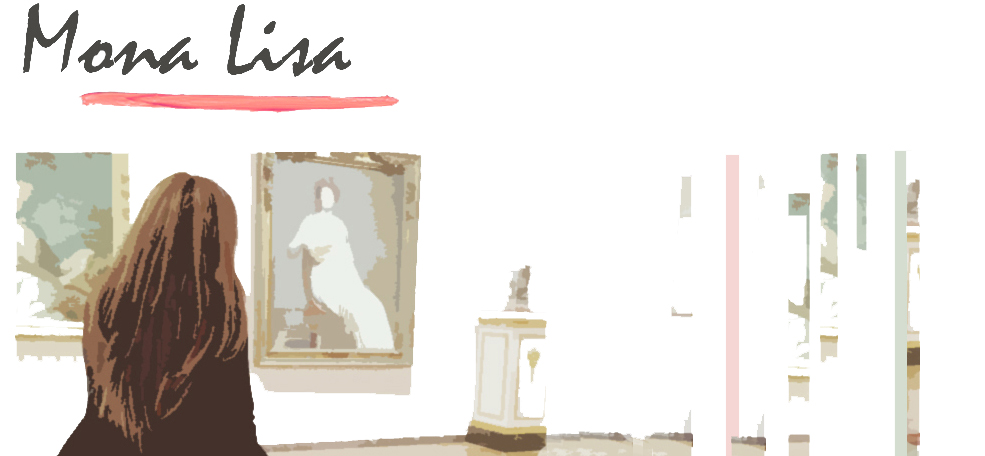I have always been a traditional art-lover through and through, but in most recent years and with all the galleries I have visited, my love for different art styles has broadened.
Her are my top 5 favorite painting styles and why!
- Impressionism, why? Because Renoir is the man! Developed in Paris in the 1860s, the impressionist movement spread like wild-fire through Europe. The strokes used to paint an impressionist painting were looser, yet subtly defined with vivid colors. The impressionist artists were given freedom to shatter the linear traditional styles of earlier times by avoiding clarity and precise definition in their paintings. Some of my favorite impressionist painters include, Claude Monet, Vincent Van Gogh, Pierre-Auguste Renior, Edgar Degas, Edouard Manet and Auguste Rodin.
- Abstract Art began in New York in the 1940s and 1950s. It took a while for abstract paintings to grow on me. I am happy it did, because as time passes I become more intrigued, impressed and inspired by abstract art. What I love most about it is the limitless boundaries one approaches when admiring the works of others', and while painting abstractly for oneself. Abstract artists who capture me are Pablo Picasso, Mark Rothko, Jackson Pollock and Henri Matisse. I highly recommend checking out some of their work.
- Photorealism came forth in the same period as Conceptual art, Pop art and Minimalism. Every time I encounter a piece of art from a photorealist, I wonder, is it a photograph, or not? I am always fascinated by the incredible skill of artists who create these precise and realistic styles of paintings. The first up-close painting I saw of the super famous Chuck Close was at the Met, and I almost tripped over the red rope that separates us from getting too close to the painting, because I kept moving in closer and closer to the enormous portrait of "Mark." A few other photorealist painters who I love are Andy Warhol and David Kassan.
- Expressionism emerged in Germany. The movement lasted from about 1905 to 1920. For the expressionist painter, art came forth from within as opposed to efforts to depict the external world. These paintings captured the artist's emotional reaction to an ever-changing and advancing world. One of the most well known examples of this style is The Scream by Edvard Munch. I truly appreciate the emotionally charged swirles and strokes, along with the vivid and vibrant colors that make-up the expressionist style. Additional expressionist artists to look out for are Karl Schmidt-Rottluff, Ernest Ludwig Kirchner and Franz Marc.
- Post Painterly Abstract represents a variety of styles that express a painterly approach to Abstract Expressionism. The term was coined by Clement Greenberg in 1964. The Post Painterly Abstract style is linear, but free, and showcases a child-like spirit through the bold colors and fun movement. Every time I encounter one of these paintings, it reminds me of the endless creative possibilities of art! Some artists to check out from this genre include, Morris Louis, Frank Stella and Helena Frankenthaler.
Well, there you have it, my five favorite painting styles and a few artists who best represent each genre. I recommend viewing their works. Who knows, maybe a flicker of inspiration, or perhaps even a large flame could be ignited!








